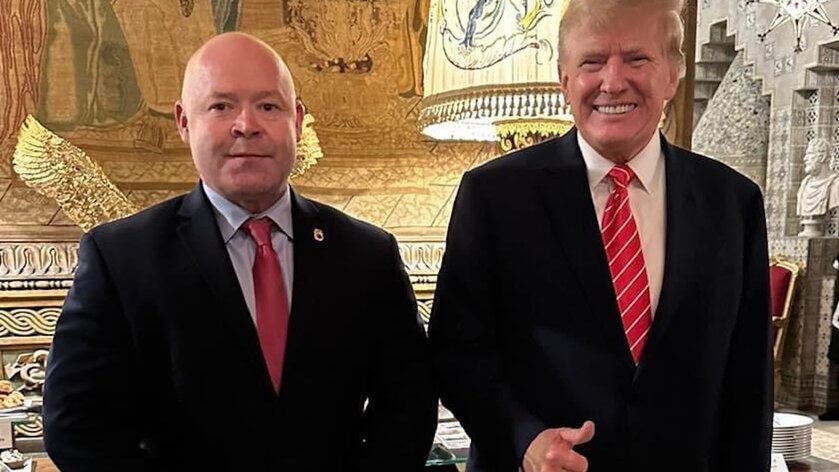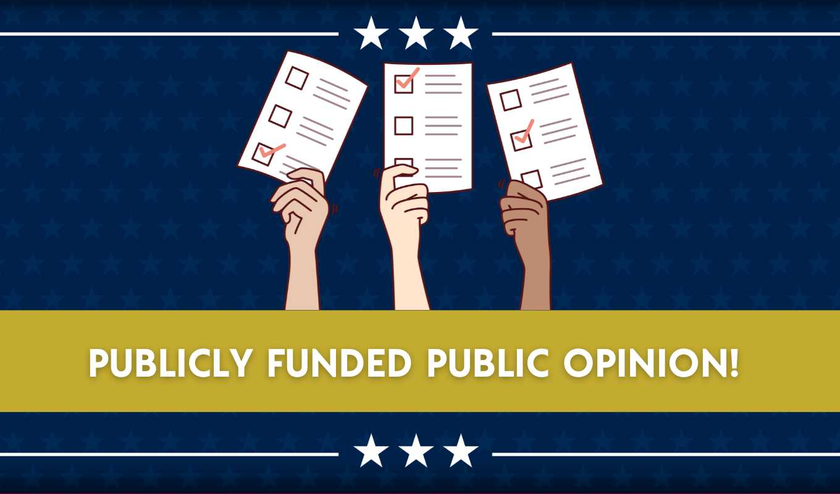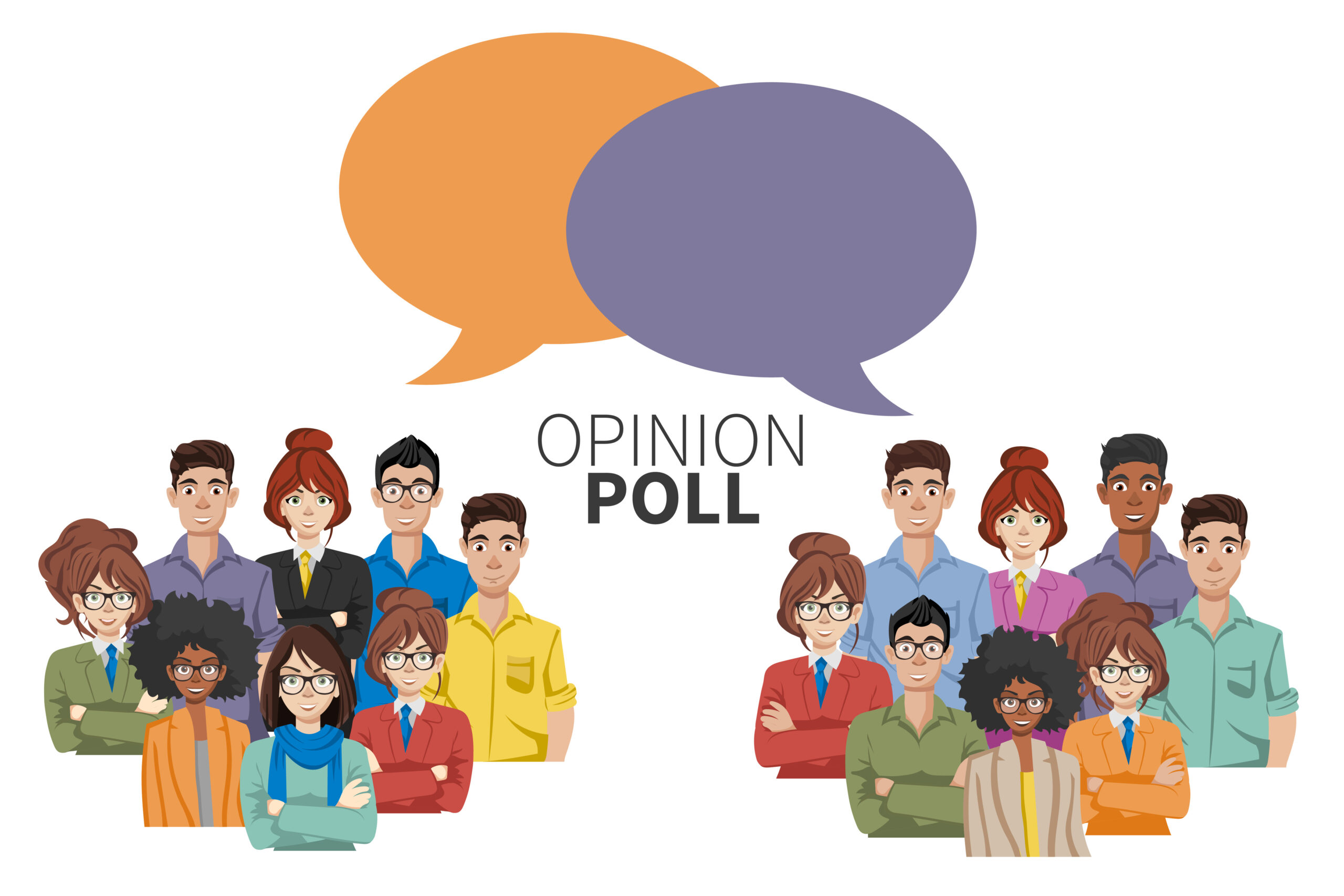
I'm not sure the Locals crowd needs this to be said, but I'm going to repost here what I wrote on X about this topic, with a bit more detail.
It started when Sean Trende on RCP attempted to warn people about modeling the independent vote solely using polling data. His points, particularly his main point, is very true. Here's what he said:
"If you're trying to model "Independent" voting, polls are of limited use. Remember that depending on question wording, context, and pure randomness, "Independent" can mean (among other things): Registration, how people think of themselves, or voting tendencies."
Original Post URL: https://x.com/SeanTrende/status/1852718833548620274
More to his point, how someone refers to themselves by party when speaking to a pollster or an exit pollster can be entirely different than their actual voter registration record.
It's how Trump, for instance, can win Hyde County, North Carolina, when it was majority Democratic in registration. The same is true for many of the 31 Iowa pivot counties that voted for Obama, then Trump in 2016, as well as cause of sharp swings in Appalachian Western Pennsylvania and Northeastern Pennsylvania counties.
If you polled a registered Democrat in Hyde County, NC, who supports Trump, they're very likely to tell you they're an independent, rather than identify with their actual registration. Voter registration is more static and lags, changing over time to follow more consistent and fluid trends in party identification.
It's very tricky to use polling data ONLY to model "indies" if the pollster didn't data append to the voter file, as we almost always do, so they know party registration.
Here, let me show you how this can be observed in a real situation.
The following is from a poll that we conducted in Utah and it was appended, otherwise known as matched or deduped, to the voter file.
The first image is the self-identification question, the one you're all familiar with from any poll you see on Real Clear Politics (RCP).
The second image is the result of the data append, or again, matching to the voter file.
As you can see, when polled 43.2% of the sample self-described as Republican, 31.3% as Independent, 18.0% Democratic and 7.4% as Something Else.
But the data append showed that the registration record by party for the very same sample was actually 50.9% Republican, 17.1% Democrat, 14.9% Independent American, and only 12.2% Unaffiliated, etc.
When people talk about polls, they always assume Independent means Unaffiliated, and visa versa. That is not really the case. Sometimes we get lucky, but often we do not. It's yet another reason why I stress "sampling errors for subgroups are higher" as much as I do.
But the bottom line, a lot of these micro "models" floating around attempting to project the margins using polling data by independent vote ALONE are not really better than a good guess.
In reality, it's far more complicated than that, unfortunately for me. Other demographics tell us about who these people are and how they're likely to vote regardless of having no two-party registration, such as age, race, sex, etc.
I feel like tearing off my clothes and dancing in the rain (snow on Tuesday). Ofc I'm entirely too old to do that. But...
We were SO right.
Here's Snoop, who rapped "F--K Donald Trump" in 2017, now performing at a Trump supporting inauguration party.
Watch Live 3:00 PM EST — Robert Barnes and Rich Baris discuss in detail bombshell results within the Public Polling Project for Early Spring 2021, and more civil unrest amid the trial of Derek Chauvin for the death of George Floyd.
Support the Public Polling Project
https://www.bigdatapoll.com/public-polling-project/
Locals Communities
https://peoplespundit.locals.com/
https://vivabarneslaw.locals.com/
Like on Facebook
https://www.facebook.com/PeoplesPunditDaily
Follow on Twitter
https://twitter.com/Peoples_Pundit
https://twitter.com/Barnes_Law
Theme Song: "Highway" By Grammy Considered Bowen Band
https://www.chrisbowenband.com/
There's actually a lot of confusion, which is caused by trying to maybe book too many. I might just wait until polls close in New Jersey and join TPUSA.
I did tell Bannon I'd come on before, but guess we're having some conflicts.
Nobody knows exactly when it happens. So, people who claim to know, do not. We get hourly updates by party, which is nice.
The 3pm update showed total turnout just below total turnout from 2021. In other words, the next hour will show that turnout surpassed 2021. Republican turnout until that last hour wasn't "bad", but it wasn't great either.
The real issue for Ciattarelli is that low independent turnout. The share of the vote is just too low as of now. To make it simple, you don't want to get in a party turnout fight in a state where you have such a registration disadvantage. The more it becomes one, the larger your margins have to be not just with indies, but with crossover voters, as well.


Watching people attempt to "unskew" polls conducted by all walks of this industry—ranging from Nate Cohn at The New York Times to Spencer Kimball at Emerson College to Tim Malloy at Quinnipiac—all to deny Donald Trump's gains against Joe Biden with various voting blocs, is more than a little sad.
The slew of recent polls over two weeks—to include no less than four today alone—have simply confirmed prior findings published from other pollsters who have previously been "unskewed". That includes your's truly and our work at BIG DATA POLL, Mark Penn at Harvard University, Patrick Ruffini at Echelon Insights, and many others.
I'm temped to equate this with an Occam's razor-like situation. But this debate is more about likelihood than simplicity.

Here's the Presidential Vote Preference Trend for Biden v. Trump going back to August 2020. The Public Polling Project did not begin asking the Rematch Question for 2024 until September 2021. However, we can still make some pretty important and interesting observations.
















